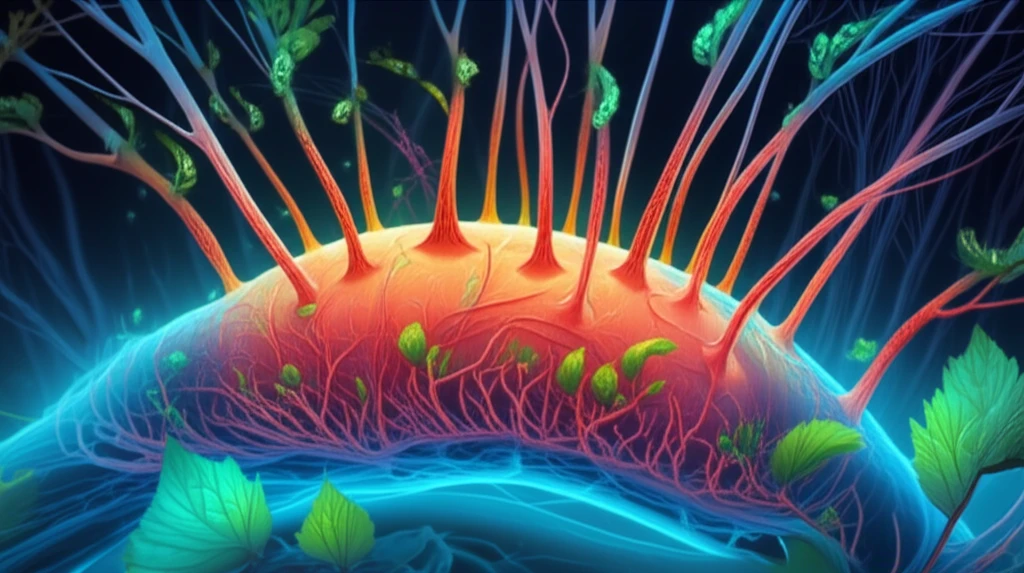
Spinal Cord Breakthrough: Can Nerve Grafts and a Tiny Device Help?
"Scientists are exploring innovative treatments to repair spinal cord injuries, offering new hope for recovery and improved quality of life."
Spinal cord injuries (SCIs) present a significant challenge, often leading to profound and permanent disabilities. The impact of such injuries on individuals and their families is immense, affecting mobility, sensation, and overall quality of life. For years, researchers have been tirelessly working to develop effective treatments to repair the damage and restore lost functions.
Recent studies have brought a renewed sense of optimism. Scientists are exploring innovative approaches that leverage the body's own regenerative capabilities. One promising area of research involves the use of peripheral nerve grafts and a specially designed device to encourage nerve growth across the injury site. This technique aims to create a bridge, enabling damaged nerves to reconnect and transmit signals.
This article delves into this groundbreaking research, examining the potential of nerve grafts and advanced medical devices in treating spinal cord injuries. We'll explore the science behind this approach, the latest findings, and the potential implications for individuals living with SCI.
The Science Behind Spinal Cord Repair: Nerve Grafts and Devices

The spinal cord is a critical pathway for communication between the brain and the body. When this pathway is damaged, signals cannot pass through, leading to loss of function. Current research focuses on strategies to reconnect the damaged nerves, enabling the brain to communicate with the body once more.
- Nerve Grafts: Used to create a bridge across the injury, facilitating nerve fiber regrowth.
- Specialized Devices: Designed to support and guide nerve grafts, optimizing the regeneration process.
- FGF1: A growth factor, which enhances the regeneration process
Looking Ahead: The Future of Spinal Cord Injury Treatment
The research discussed here represents a significant step forward in the field of spinal cord injury treatment. While challenges remain, the progress made in nerve regeneration and the development of advanced medical devices offers new hope for individuals affected by SCI. As research continues and clinical trials advance, we can anticipate even more effective treatments, ultimately improving the lives of those living with spinal cord injuries.
